Looking to add greenery to your home but don’t have a green thumb? Indoor green plants might be the perfect solution for you. In this post, we’ll explore the top benefits of having indoor green plants and share expert tips to keep them thriving.
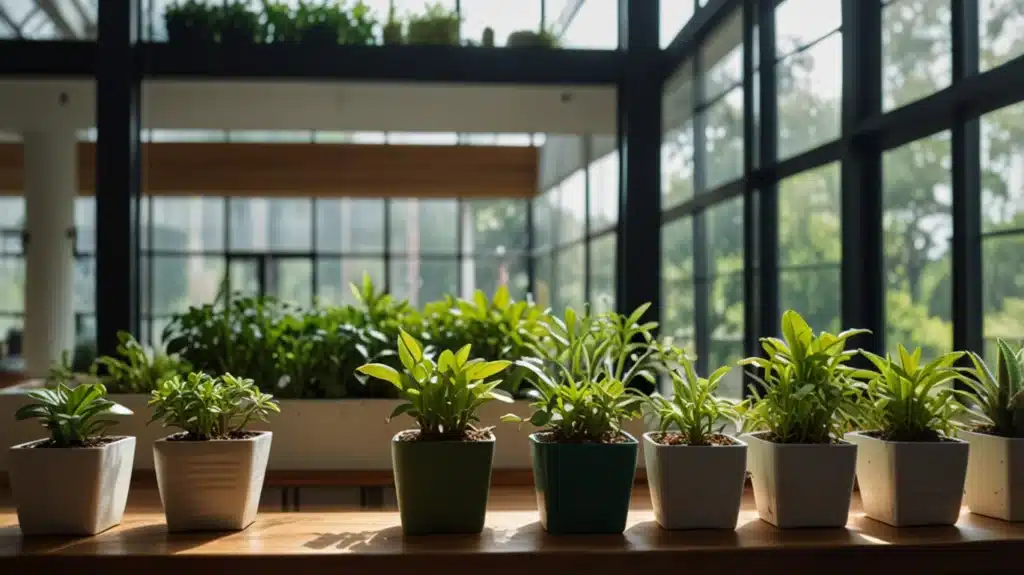

Table of Contents
Benefits of Indoor Green Plants
1. Air Purification
Indoor green plants are natural air purifiers. They absorb toxins and release oxygen, improving the air quality in your home. According to a NASA study, plants like the peace lily and spider plant can remove up to 87% of air toxins in 24 hours. This makes them an excellent choice for urban dwellers who are often exposed to higher levels of indoor pollution.
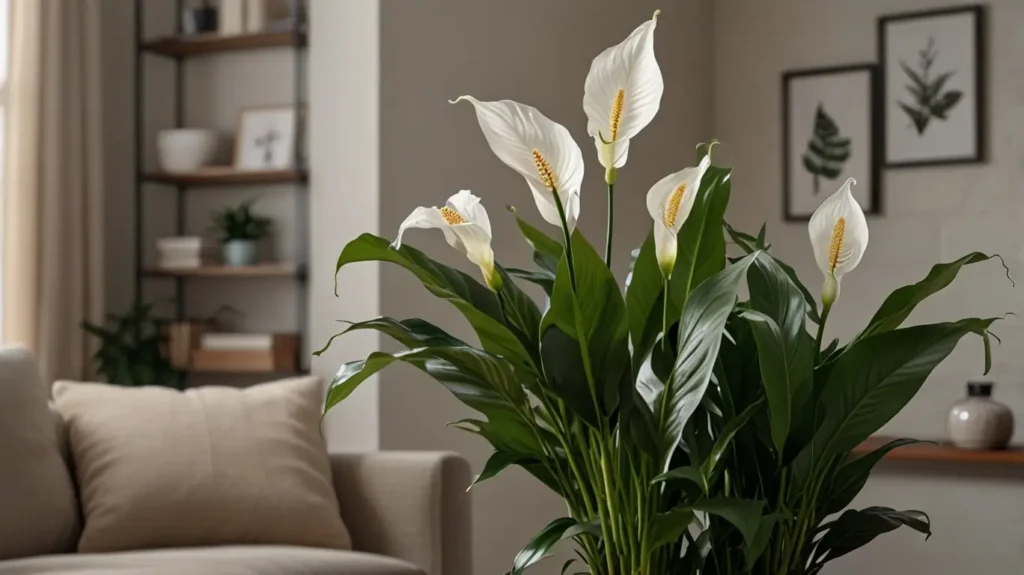

2. Aesthetic Appeal
Adding indoor green plants can transform your living space into a lush, inviting environment. They add color and texture, making your home feel more vibrant and alive. Whether you prefer a minimalist look with a few statement plants or a jungle-like atmosphere with abundant greenery, plants can enhance any decor style.
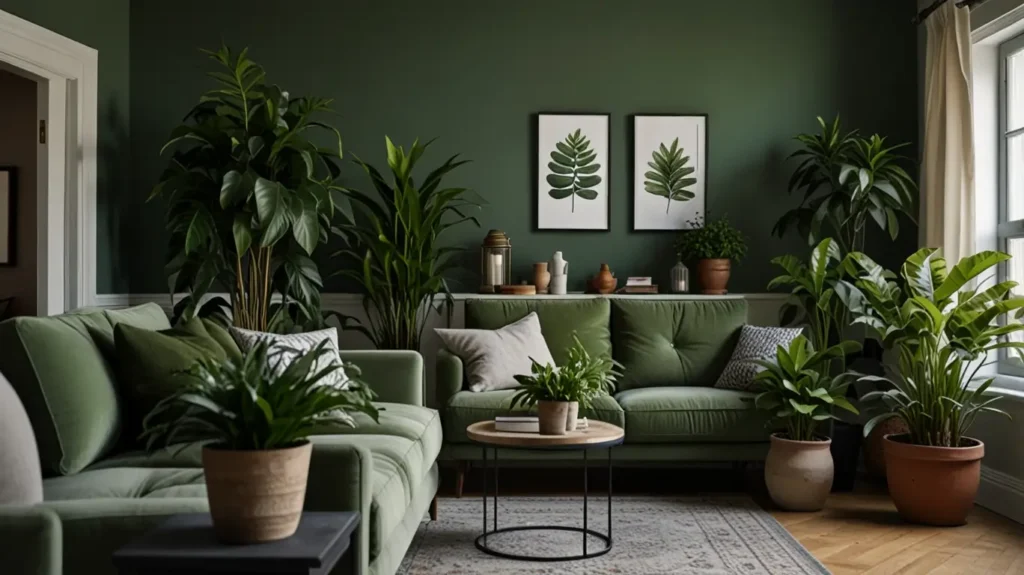

3. Boosting Well-being
Studies have shown that being around plants can reduce stress and improve mood. The presence of greenery can make you feel more relaxed and focused. In fact, some research suggests that interacting with plants can lower blood pressure and increase feelings of calmness and contentment.
4. Humidity Regulation
Indoor plants can help regulate humidity levels in your home. They release moisture into the air through a process called transpiration, which can be particularly beneficial during dry winter months. This natural humidification can help prevent dry skin, sore throats, and respiratory issues.
5. Enhanced Concentration and Productivity
Having plants in your workspace can boost concentration and productivity. A study by the University of Exeter found that employees were 15% more productive when their workplaces were filled with just a few houseplants. The presence of greenery can enhance cognitive function and creativity, making it easier to focus on tasks.
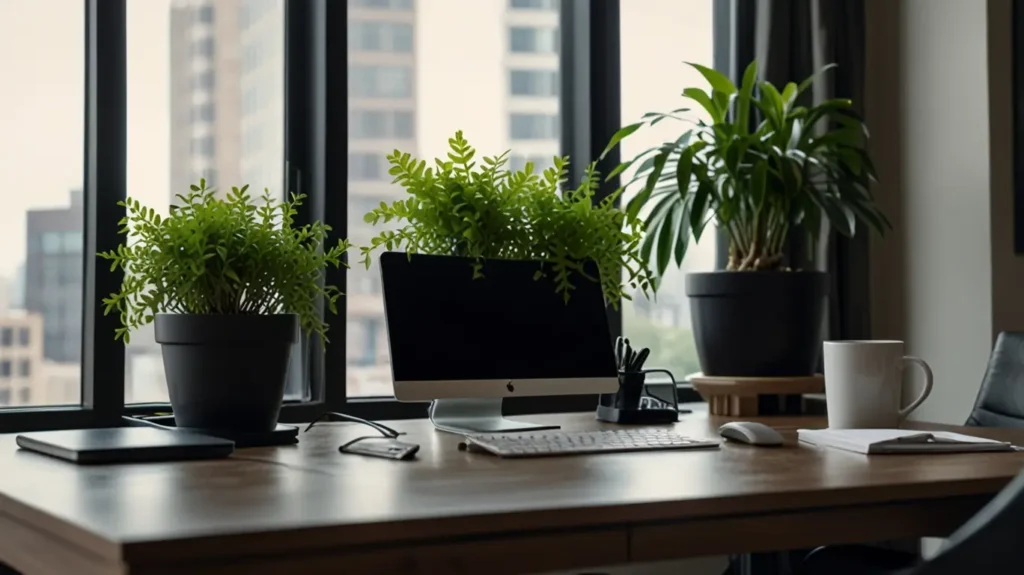

Planting Equipment Needed
To successfully grow indoor green plants, you’ll need some essential tools:
- Pots and Containers: Choose ones with good drainage to prevent root rot. Consider decorative pots that complement your interior design.
- Potting Soil: Use a mix suitable for indoor plants, often containing peat moss, vermiculite, and perlite for optimal drainage and aeration.
- Watering Can / Spray Bottle: For regular watering, a spray bottle can be useful for misting plants that require higher humidity.
- Trowel or Small Shovel: Essential for planting and repotting, ensuring you can easily manage soil and plant placement.
- Pruning Shears or Scissors: To trim and maintain plant health, removing dead or yellowing leaves to encourage new growth.
- Grow Lights: If natural light is limited, grow lights can provide the necessary spectrum for photosynthesis.
- Humidity Monitor: Helps track the moisture level in the air, ensuring it’s suitable for your plants.
How to Care for Indoor Green Plants
Step-by-Step Instructions
- Choose the Right Plant: Consider light and space availability. Some plants thrive in low light, while others need bright, indirect sunlight.
- Potting: Use a pot with drainage holes and fill it with potting soil. Ensure the plant is at the same depth as it was in its original container.
- Watering: Water when the top inch of soil feels dry. Overwatering is a common mistake, so ensure the pot has proper drainage.
- Lighting: Place plants in areas with appropriate light levels. Rotate them periodically to ensure even growth.
- Fertilizing: Feed plants with a balanced fertilizer every month during the growing season (spring and summer).
Expert Tips for Plant Care
- Watering Schedule: Overwatering is a common mistake. Ensure the soil dries out between waterings. Use a moisture meter to check soil moisture levels.
- Repotting Tips: Repot plants every 1-2 years to refresh soil and provide more space. Choose a pot that is 1-2 inches larger in diameter than the current one.
- Preventing Pests: Regularly check for pests like spider mites and aphids. Treat with natural insecticides or a mixture of water and dish soap if needed.
- Light Adjustment: If a plant is not thriving, consider adjusting its light exposure. Some plants may need to be moved closer to a window or provided with artificial light.
Recommended Indoor Green Plants
Low-Light Plants
- Snake Plant: Thrives in low light and requires minimal care. It’s also known for its air-purifying qualities.
- ZZ Plant: Tolerant of neglect and low light, making it perfect for beginners.
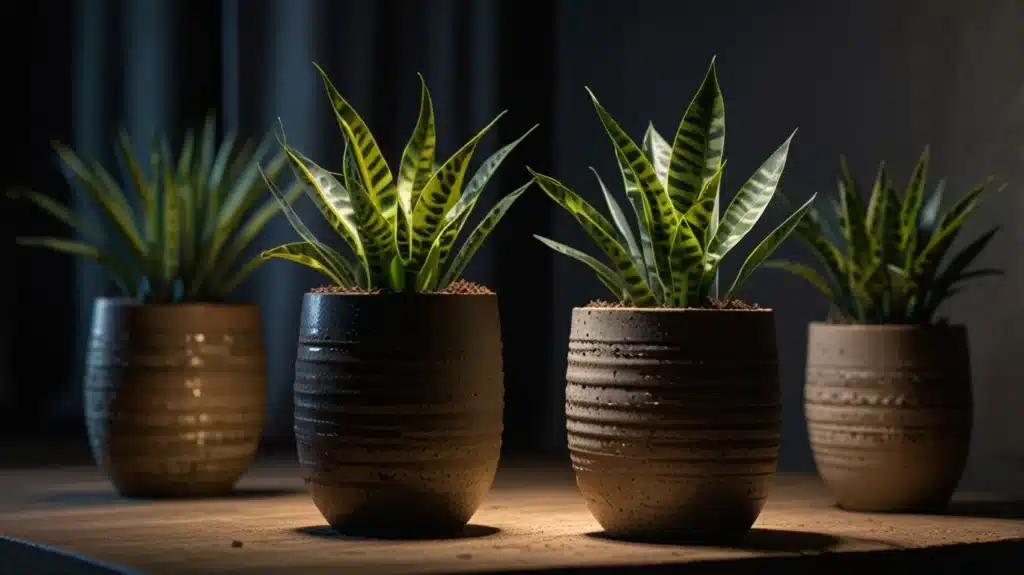

Easy-Care Plants
- Pothos: Known for its hardiness and air-purifying qualities. It can grow in a variety of lighting conditions.
- Spider Plant: Easy to grow and propagate, making it ideal for those new to plant care.
Pet-Safe Plants
- Areca Palm: Non-toxic to pets and adds a tropical feel to your home.
- Boston Fern: Safe for cats and dogs, and it helps to humidify the air.
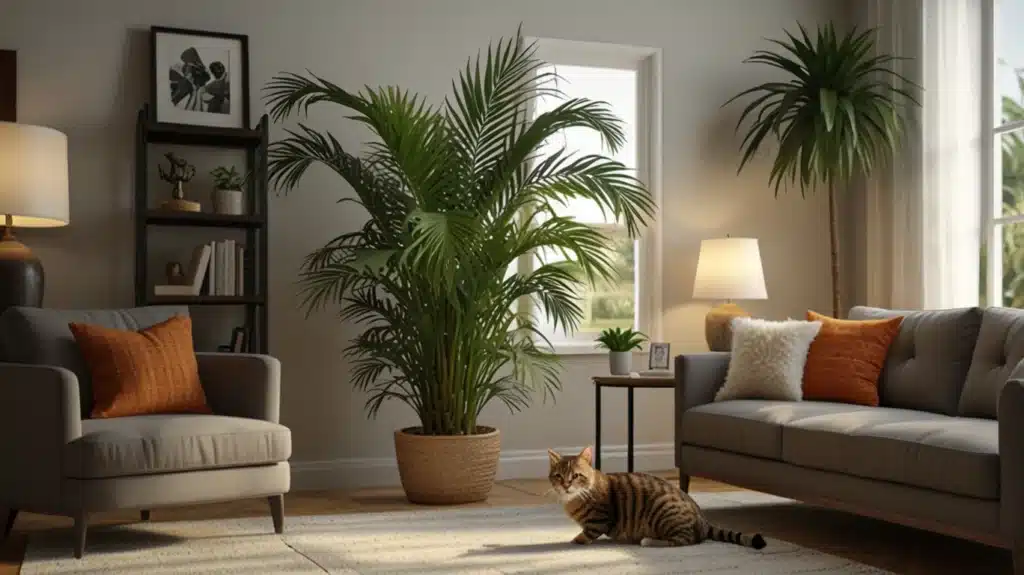

Styling Your Indoor Green Plants
Incorporate plants into your interior design by using plant stands, hanging pots, or decorative containers. Consider placing plants in specific spaces like the bedroom or bathroom to enhance the ambiance. For small apartments, vertical gardens or wall-mounted planters can maximize space.
FAQs
What’s the best way to avoid overwatering my plants?
Ensure the pot has drainage holes and only water when the top inch of soil is dry. Using a moisture meter can help prevent overwatering.
How do I know if my plant is getting enough light?
If your plant’s leaves are yellowing or it’s not growing, it may need more light. Conversely, if leaves are scorched, it might be getting too much direct sunlight.
What Do You Think?
Are you ready to bring some indoor green plants into your home? Subscribe to our newsletter for more plant care tips and don’t miss our guide to growing succulents! We’d love to hear about your experiences with indoor gardening. Share your stories or questions in the comments below.
Conclusion
Indoor green plants are not only beautiful but also beneficial for your health and well-being. They purify the air, boost your mood, and add a touch of nature to your home. Start your indoor gardening journey today and experience the joy of having greenery around you.
Key Takeaways
- Indoor green plants improve air quality and aesthetics.
- They are easy to care for with the right tools and knowledge.
- Choose plants based on your home’s light and space conditions.
- Incorporate plants into your decor for a stylish and healthy living space.
Additional Resources
Visuals and Infographics – Visit Our Pinterest Page
Consider using plant care charts or room styling guides to make your post more engaging. Infographics can illustrate the benefits of indoor plants or provide a visual guide to plant care.

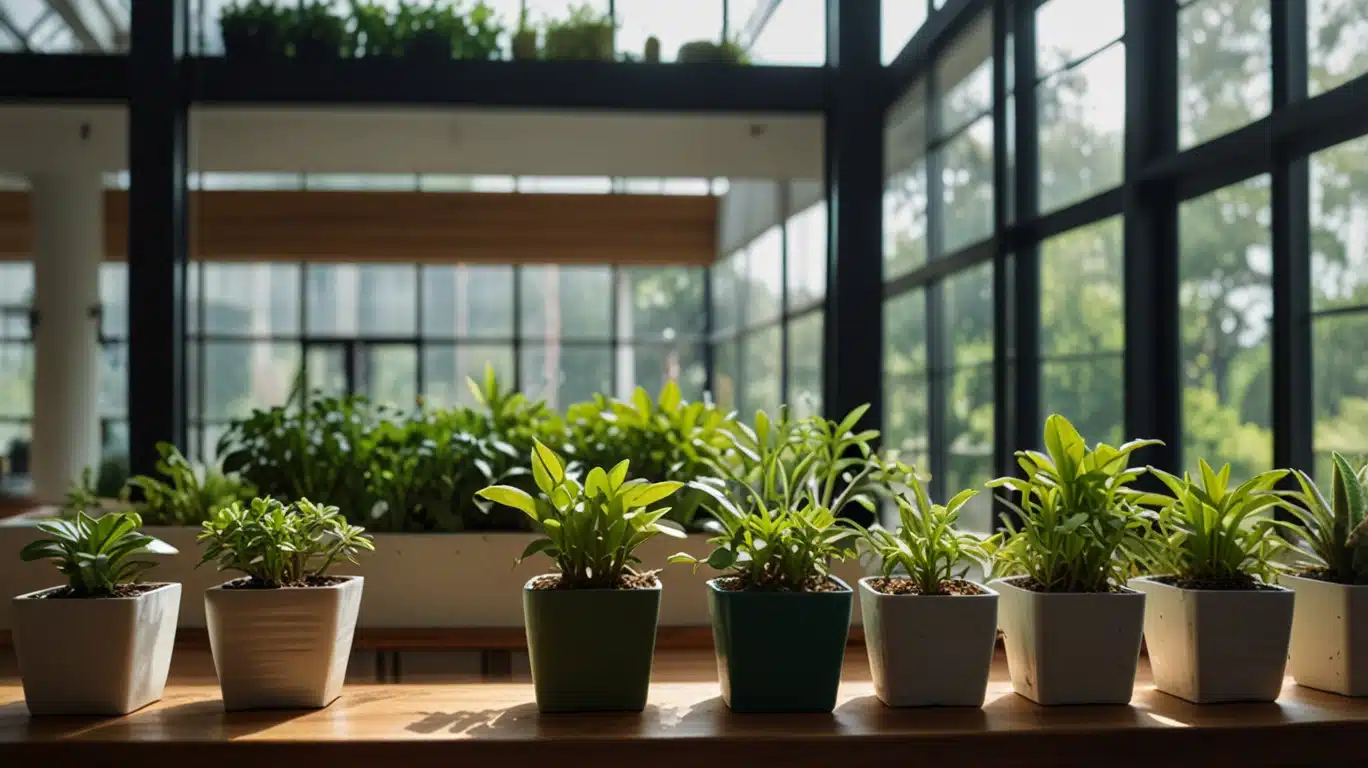
2 thoughts on “10 Amazing Benefits of Indoor Green Plants You Need to Know”